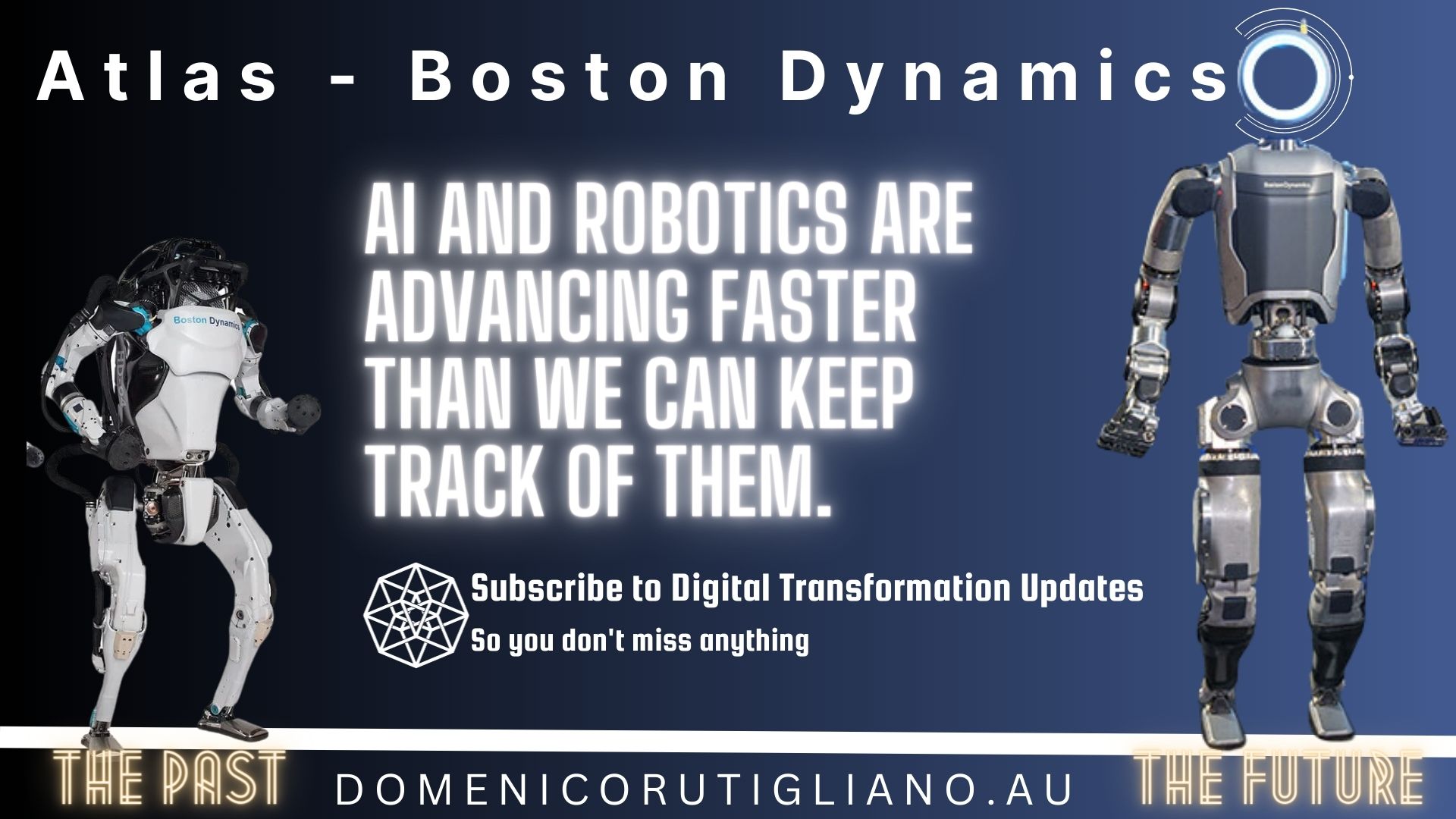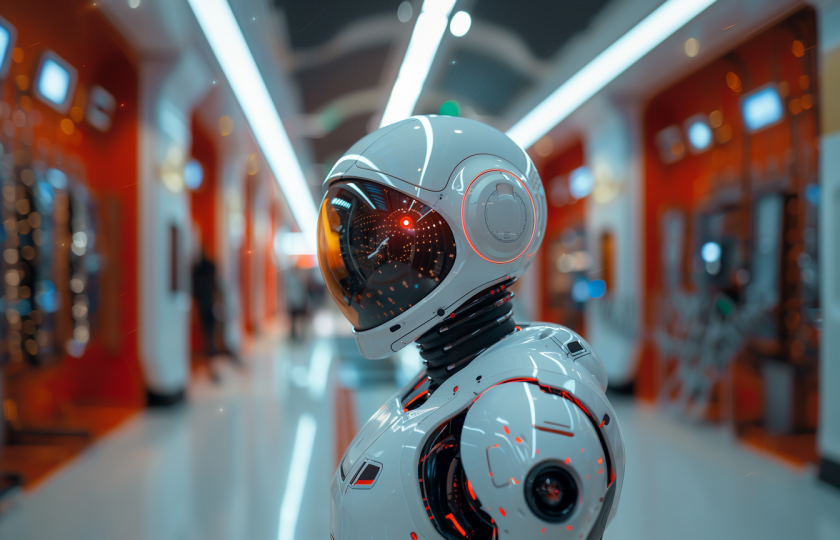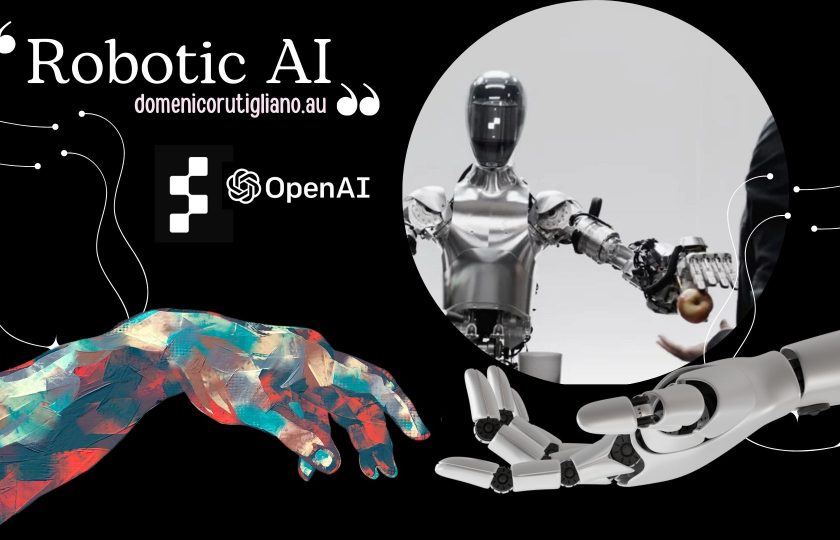
The Next Step in Robotics Evolution: Farewell Atlas, Hello Electric Successor
The Atlas Robot
The Atlas Robot, an icon of modern robotics, has carved a pivotal space in the industry with its ground-breaking technology and astounding capabilities, paving the way for innovative advancements in the field. Born from the corridors of DARPA and meticulously refined over years by the engineering wizards at Boston Dynamics, Atlas redefined what humanoid robots could achieve. Its journey from early iterations to the viral phenomenon showcasing human-like dexterity and balance has inspired awe and set benchmarks for robotics worldwide. As we bid a nostalgic adieu to the vaunted hydraulic Atlas, the anticipation builds for its successor—the New Electric Atlas. Promising a new era of robotic finesse, this teaser at what’s to come serves to ignite imaginations and sets the stage for a revelation that could once again transform our understanding of synthetic and human capability. Stay tuned as we venture into the future, where the electric whispers of Atlas’ legacy continue to echo with potent innovation.
Boston Dynamics
The Legacy of Atlas Robot
The Atlas Robot, developed by Boston Dynamics, stands as a paragon in the evolution of humanoid robotics. Since its inception, the Atlas Robot has served as a foundation for exploring the potential applications of such technology in diverse industries and scenarios, often heralded for its bipedal dexterity and balance. Notably, its demonstration of sophisticated maneuvers, such as executing backflips and engaging in intricate dance routines, galvanized public and academic interest in the field of robotics. Key moments that marked milestones for Atlas included its successful navigation of treacherous terrain, suggesting its utility in disaster response and search-and-rescue operations, as well as its evolving autonomy and mechanical prowess that pushed the envelope of robotics engineering. The significance of Atlas transcends mere technical achievements; it showcased the intersection of advanced control systems, machine learning, and mechanical design, revolutionizing the way we perceive the integration of robots in real-world tasks. Atlas’s technology also offered a glimpse into the future of workplace automation, where machines can safely work alongside humans or independently complete tasks deemed hazardous or overly mundane for human workers. This amalgamation of agility, intelligence, and adaptability in Atlas has not only revolutionized the field of robotics but also raised important discussions on the future of labor and ethical considerations in automation. As we look back and honor the legacy of Atlas Robot, its impact remains indelible in catalyzing a new era of robotic design and automation, setting a benchmark for future innovations.
The End of an Era
Decommissioning of Atlas
The decommissioning of Boston Dynamics’ hydraulic Atlas Robot marks the end of a significant chapter in robotics. This decision reflects a broader industry movement towards embracing more advanced, sustainable, and efficient robotic alternatives. The hydraulic Atlas was revolutionary in its time, showcasing incredible agility and balance but with advances in technology, the shift to fully electric systems like the new Electric Atlas embodies a trend towards finer control, quieter operation, and environmentally friendlier power sources, given the reduced need for hydraulic fluids and the improved energy efficiency of electric actuators. Industry reaction has been a blend of nostalgia for the feats achieved by the sidelined giant and excitement for the potential of its successor. For current users and researchers involved with the hydraulic Atlas, this transition means adapting to new platforms that promise enhanced capabilities and learning curves to master novel technology. It also highlights a broader societal and industrial progression towards embracing robotic assistants in various fields, energizing speculation about the future role of humanoids in everyday life. This changeover narrates not just the evolution of a single robotic platform but also indicates a pivotal shift in our approach to incorporating robotics into the fabric of human endeavor, signaling that the next era of robotics will be defined by cleaner, more capable, and adaptable machines.
A Leap Forward
Introducing the New Electric Atlas
The unveiling of the New Electric Atlas represents a paradigm shift in the field of robotics, signaling a leap forward into a future where humanoids seamlessly integrate into various facets of industry and societal assistance. The successor to its hydraulic forebear, this state-of-the-art robot is the epitome of innovation, powered entirely by electricity, thus expanding the horizons for robots in real-world applications. The New Electric Atlas comes with an array of significant advancements over its predecessor, boasting increased efficiency, precision, and autonomy. The design emphasizes agility and fluidity in movement, enabling it to perform tasks with a finesse that is eerily human-like. Anticipated to revolutionize the sector, it sets a new benchmark for robotics, encapsulating the progressiveness and relentless pursuit of excellence that drives the industry. It promises a future where robots like itself will not only augment human effort in existing roles but potentially pioneer new ones, pushing the boundaries of what is possible. This heralds a future where we look towards robots not just as tools, but as intelligent entities that can work alongside humanity, creating safer, more efficient, and innovative environments.
Skynet is awakening.
Bridging Past and Future
In charting the remarkable trajectory of the Atlas robot, we’ve witnessed an evolutionary leap from hydraulic marvel to an electrifying vision of the future. The original Atlas, a symbol of pioneering robotics, bequeaths a legacy of ingenuity and adaptability—a testament to nearly a decade of relentless innovation. Peering into the horizon, its electric successor emerges, promising leaps in efficiency, agility, and potentiality, fostering aspirations of a world enriched by humanoid assistance. What commenced as a nascent DARPA project burgeons into a futuristic icon, signposting a transformative era in robotics. Circuits and servos may form its sinews, but the true essence of Atlas straddles eras, with the parting image of its hydraulic ancestor inaugurating the dawn of its electric progeny—a harmonious synthesis of past accomplishments and the boundless possibilities that lie ahead.



